This month's theme is all about “Finding Our Voice” 🗣
How and when we communicate affects our well-being and our ability to create an impact. Whether we’re expressing our needs in the form of a boundary or handling an interruption at work, our communication is often a pathway to our goals.
In the United States, the dominant culture emphasizes individualism and prioritizes near-team results. There is often advice to “be more assertive” and to “stand up for ourselves,” essentially encouraging us to “be louder.” While this advice may be well-intentioned and will certainly work for some folks, it falls flat for many of us. It is based on the presumption that we should adopt the dominant group’s communication method, assuming it will be equally effective for all. Firstly, I reject the idea that the loudest voice in the room is the most effective one. I believe we need less loudness and more listening. Secondly, even if we wanted to be louder, and even if that came naturally, the reality for a significant portion of the population is that being louder may elicit the opposite of the desired outcome.
Earlier this year, Adam Grant discussed some of the research into women’s use of what he terms “weak language” in a New York Times OpEd. While I certainly strive for a world free of confining and outdated biases in the workplace, the reality is that we are all charting our own path through our current conditions.
So what does “finding one's voice” actually mean, and how does this relate? It means embracing the communication style and methods that work best for you within your specific environment. That doesn’t necessarily entail verbal communication. It doesn’t have to mean being assertive in the traditionally conceived way. It’s whatever is most effective based on your situation and your strengths. It means developing comfort with those strengths and tailoring your communication accordingly.
We recently conducted a Two Piers workshop for women in construction. We examined ways to effectively navigate heavily male-dominated spaces. I asked this small group of women what their greatest communication strength was. Even within our tightly-knit group, we had quite an array of answers. That’s why our workshops are always introspective and contextual. There is no one-size-fits-all approach.
The best way to navigate conflict may look quite different for the person whose strength is humor, than the person whose strength is empathy.
In typical coach fashion, whenever I’m asked how to handle a difficult interaction, I nearly always reply with, “Tell me more.” What is the context? What are the power dynamics? What is the workplace culture? What has worked for you in the past? What do you *want* to do? What’s holding you back?
There is incredible value in answering these questions and finding the right voice, the right response for you. Being heard allows us to live in alignment with our values. It allows us to build community based on vulnerability and shared experience. It allows us to tap into the immense worth of our diversity of thought and experience.
Being heard is a two-part equation, and while we cannot control how others receive us, we can maximize our likelihood of success by communicating in a way that feels genuine and considers our specific context and goals.
To learn more about effective communication and leveraging your strengths, you can sign up for our upcoming workshop series: Reclaim the Floor: How to Get Your Voice Heard and Handle the Interrupters. Or, if you just want to take a fun little quiz about your interruptee style, you can do that here. Are you a honey badger, a crow, an ostrich, a capybara, or a Bernese mountain dog? Or maybe a mixture of all five?


